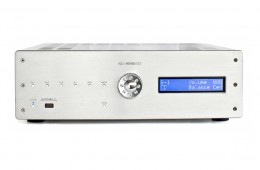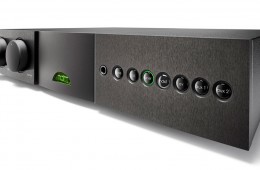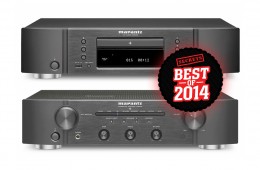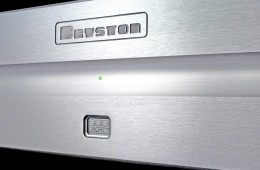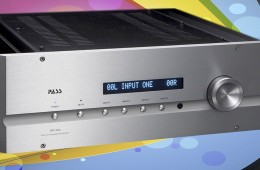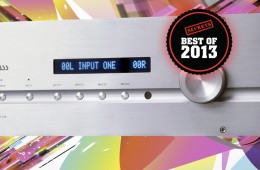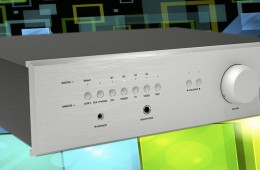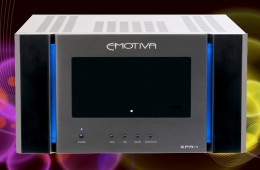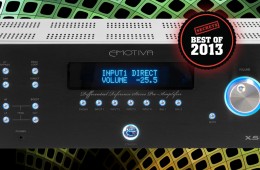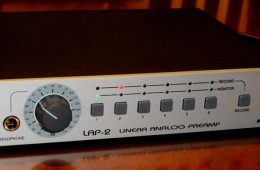Introduction to Amplifier Reviews
Amplifiers can be considered in three subcategories: Preamplifiers, Integrated Amplifiers and Power Amplifiers.
Preamplifiers handle small signal switching and gain or attenuation (volume control). In many cases, these products have balance controls, equalization or even automated room correction. Preamplifiers may also contain phono preamps, DACs, video switching, headphone amps and streaming/playback of digital files to name just a few additional features you may encounter. There are several different circuit topologies on the market, some are quite simple and others very complex. Preamplifiers do not have amplification to drive speakers and for this purpose you will need to add a separate power amplifier.
Integrated Amplifiers : take a preamplifier, add a stereo amplifer in the same chassis and you have an integrated amplifier. Though more convenient, this is widely regarded as less desirable than having a separate preamplifier and power amplifier as this isolates the small and large signal sections far better than with integrated amplifiers. Integrated amplifiers can have all the features of preamplifiers. They are also available in solid state, vacuum tube or hybrid designs.
Power Amplifiers provide the power to drive your passive loudspeakers. Like all the other amplification components, they can come in a variety of styles. It is of the utmost importance to select an amplifier that is compatible with your speakers and with sufficient power to fill your room with music.
All our reviews feature breakdowns of the product design, product setup and notes on the performance with subjective listening impressions. Most of our reviews also include our own objective bench tests which tell you how much distortion an amp has, its frequency response and, in many cases, its maximum power output, irrespective of manufacturers' claims.


